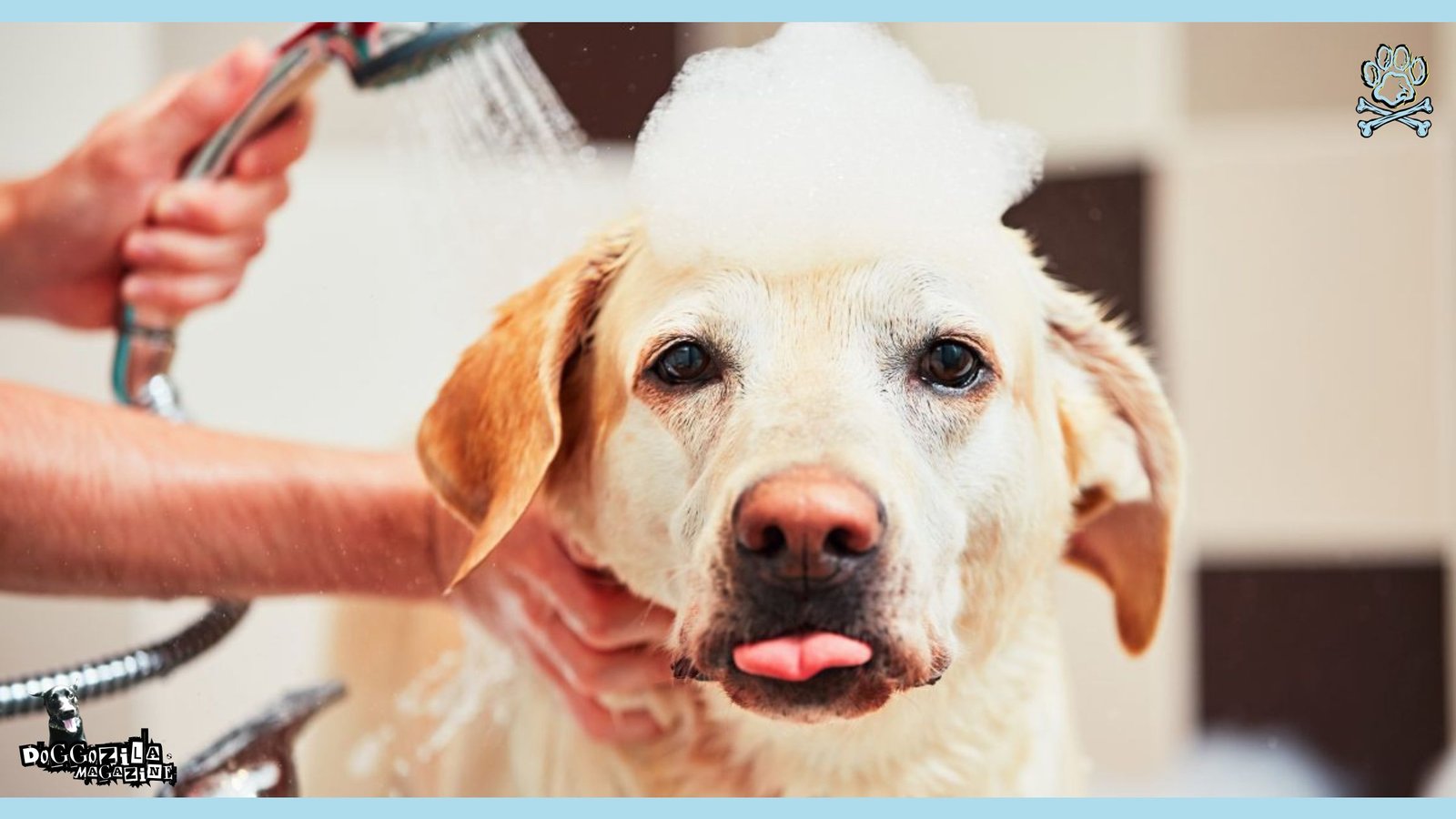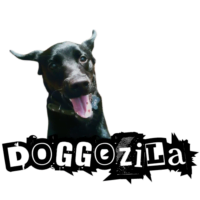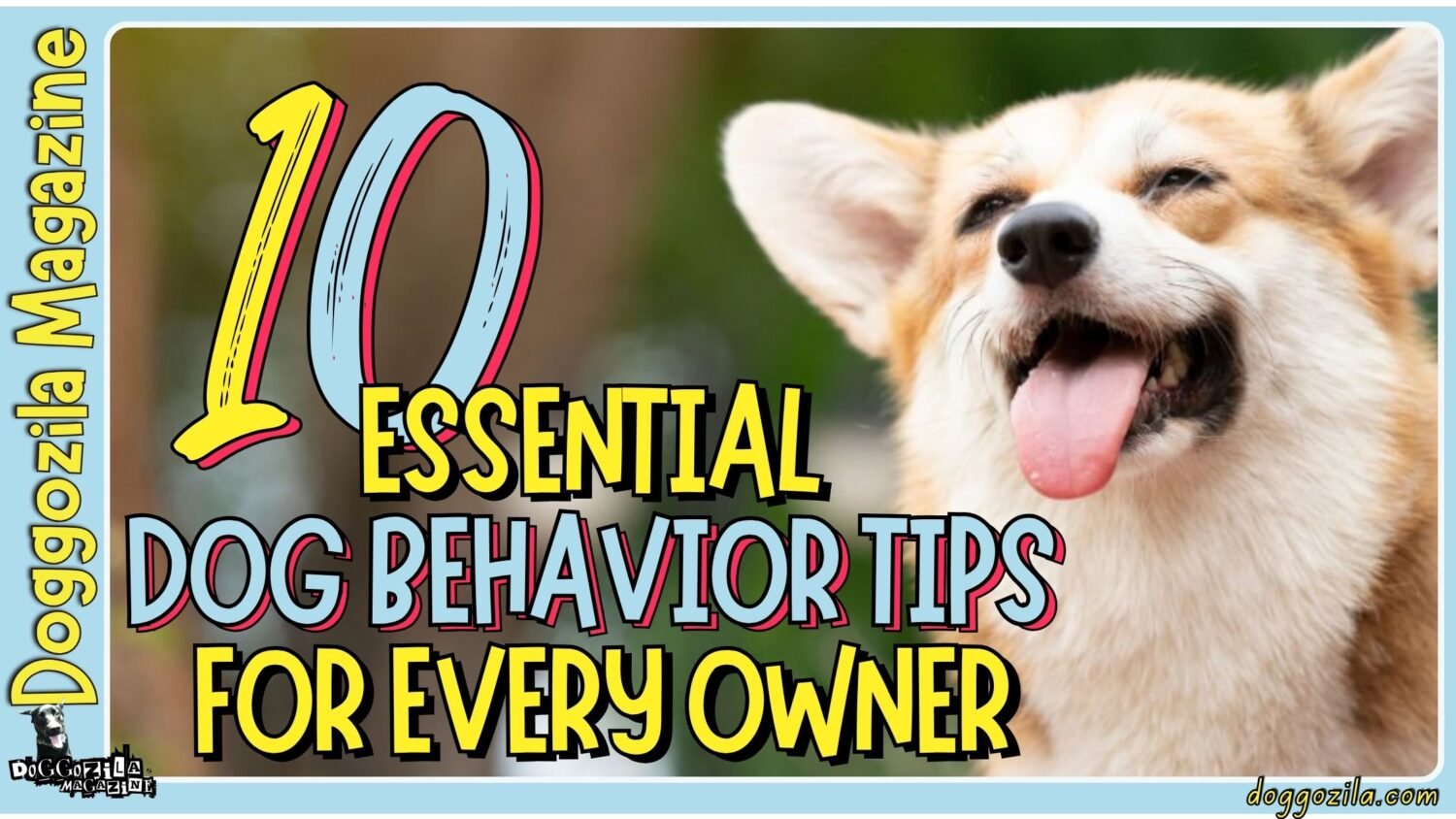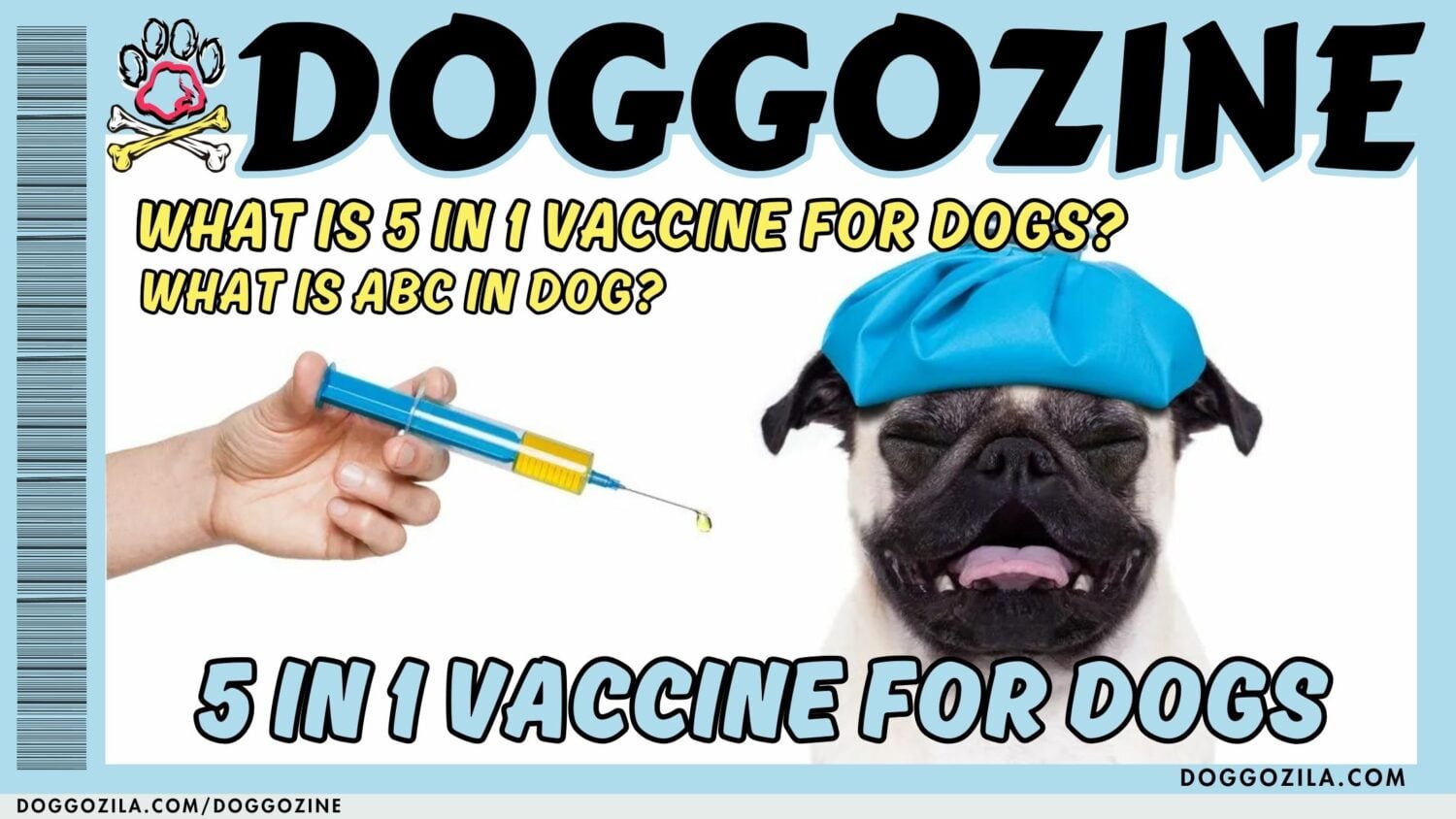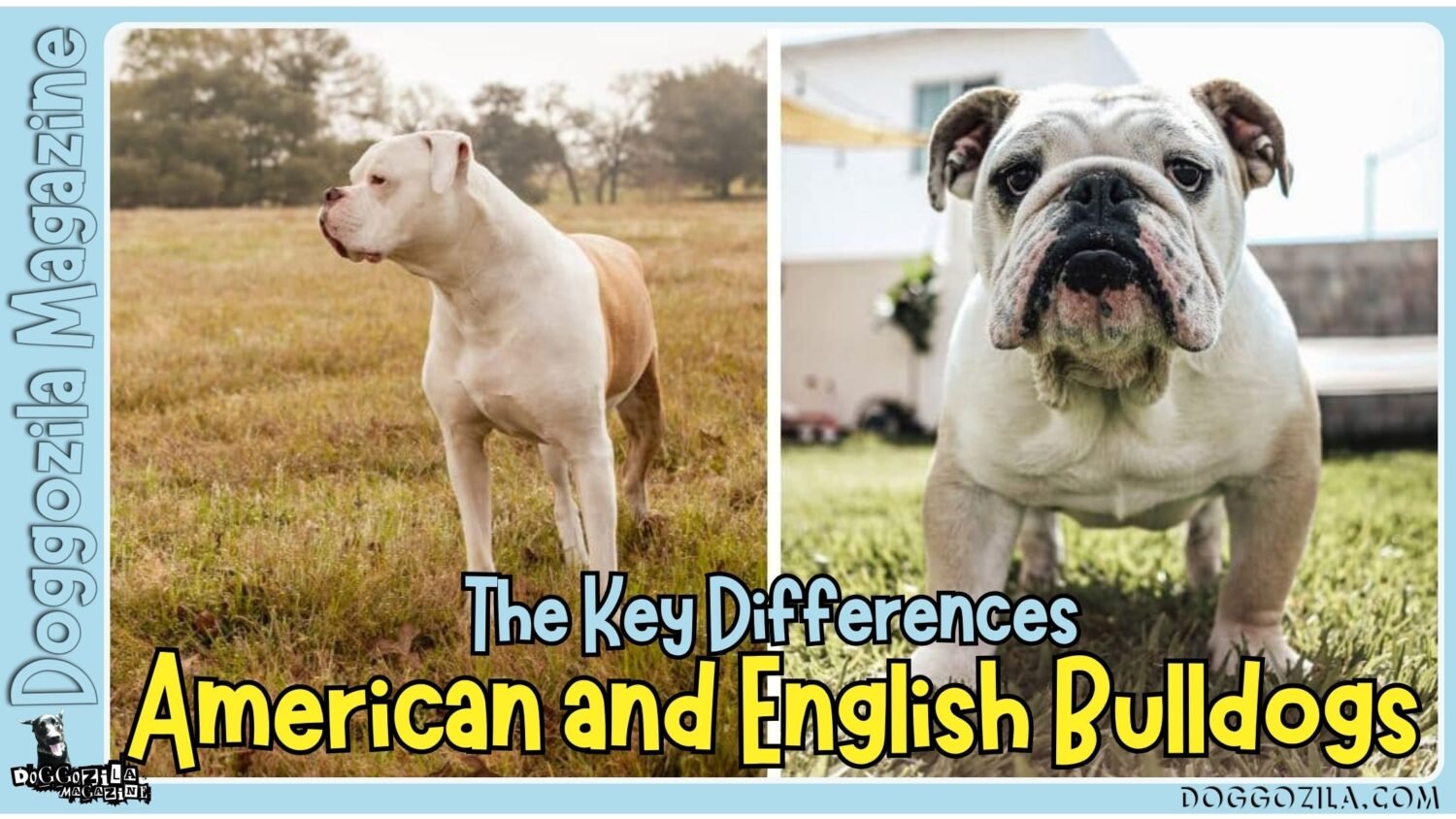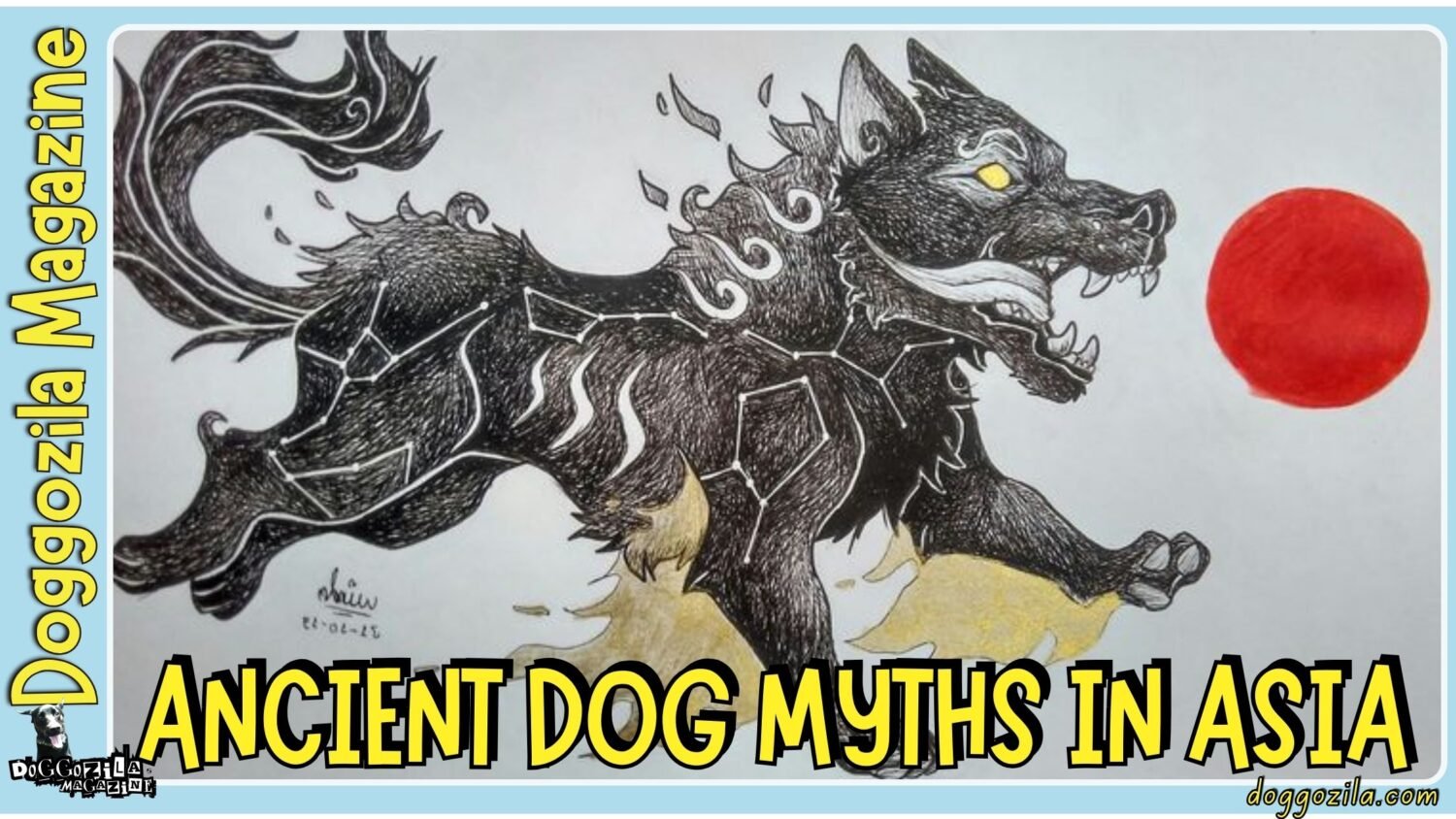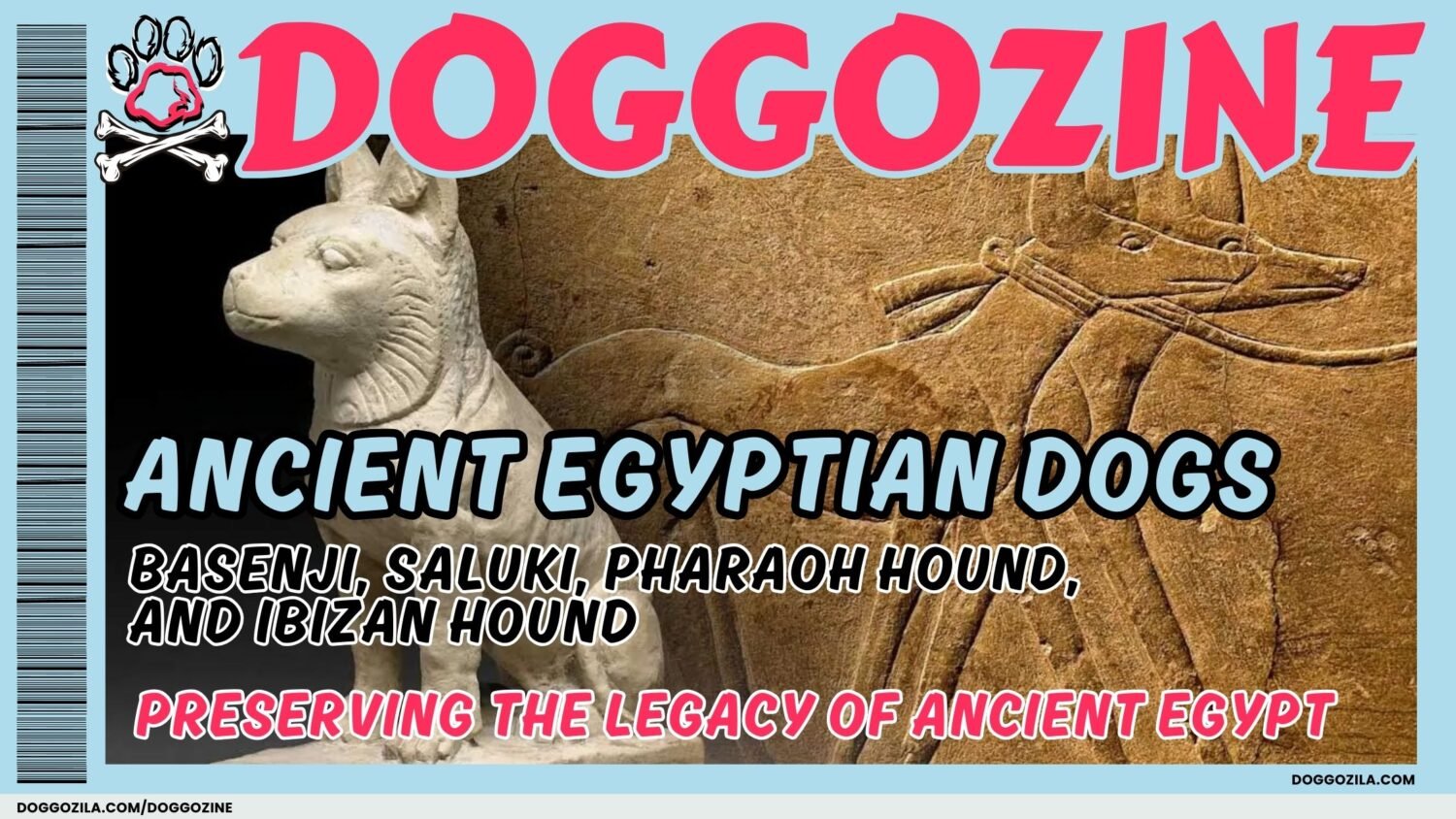Dog dandruff, scientifically referred to as seborrhea, is a common condition characterized by the presence of flaky skin on a dog’s coat. It manifests as white or yellowish flakes that can become quite noticeable, particularly on darker fur. Dandruff results from the shedding of dead skin cells, which can occur for various reasons, making it a key indicator of underlying skin health issues in dogs.
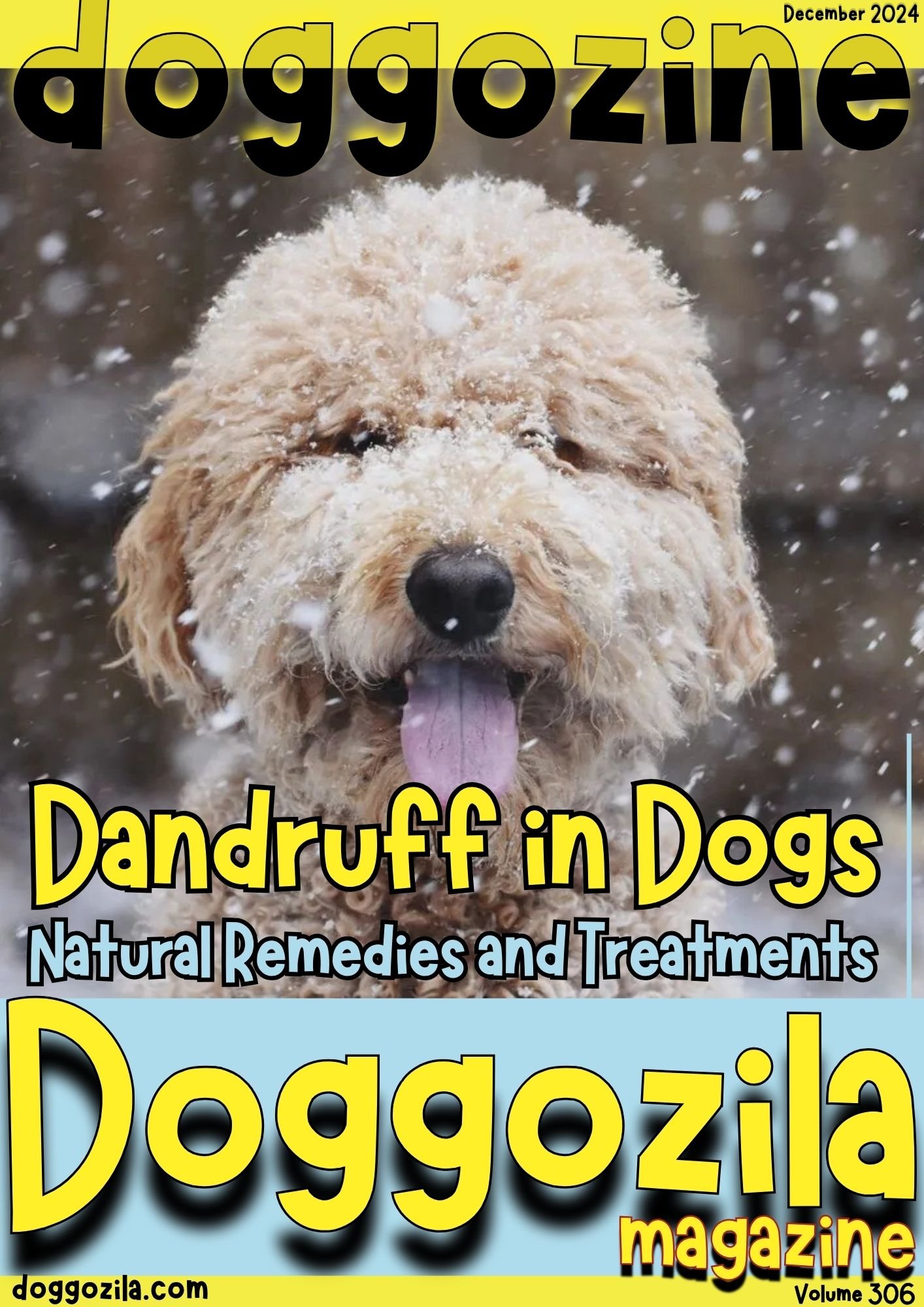
UNDERSTANDING DANDRUFF IN DOGS
The development of dandruff in dogs can be influenced by several factors, including environmental changes, dietary deficiencies, and underlying health conditions.
Recognizing The Signs of Dandruff in Dogs
Dogs with dry skin due to environmental conditions, such as low humidity or excessive heating during winter, can promote the occurrence of dandruff. On the other hand, nutritional deficiencies, particularly in fatty acids and essential vitamins, may hinder the skin’s health, leading to increased flake formation.
Additionally, conditions such as allergies, hormonal imbalances, or parasites like fleas can also contribute to dandruff in dogs. Identifying dog dandruff early is crucial, as it may not simply be a cosmetic concern but rather a sign of more significant health issues. Symptoms such as persistent itching, hair loss, and localized skin irritation often accompany the presence of dandruff. Ignoring these indicators may result in further skin complications or more severe conditions that may require extensive veterinary intervention.
Ultimately, recognizing the signs of dandruff in dogs allows pet owners to take timely action. Early intervention can alleviate discomfort for the pet and may prevent the condition from escalating. Understanding the causes and implications of dog dandruff is an important first step in maintaining a dog’s overall skin and coat health.
🔑 Key Points: Dandruff in dogs or seborrhea, is a common condition characterized by the presence of flaky skin on a dog’s coat. This condition can be influenced by several factors, including environmental changes, dietary deficiencies, and underlying health conditions.
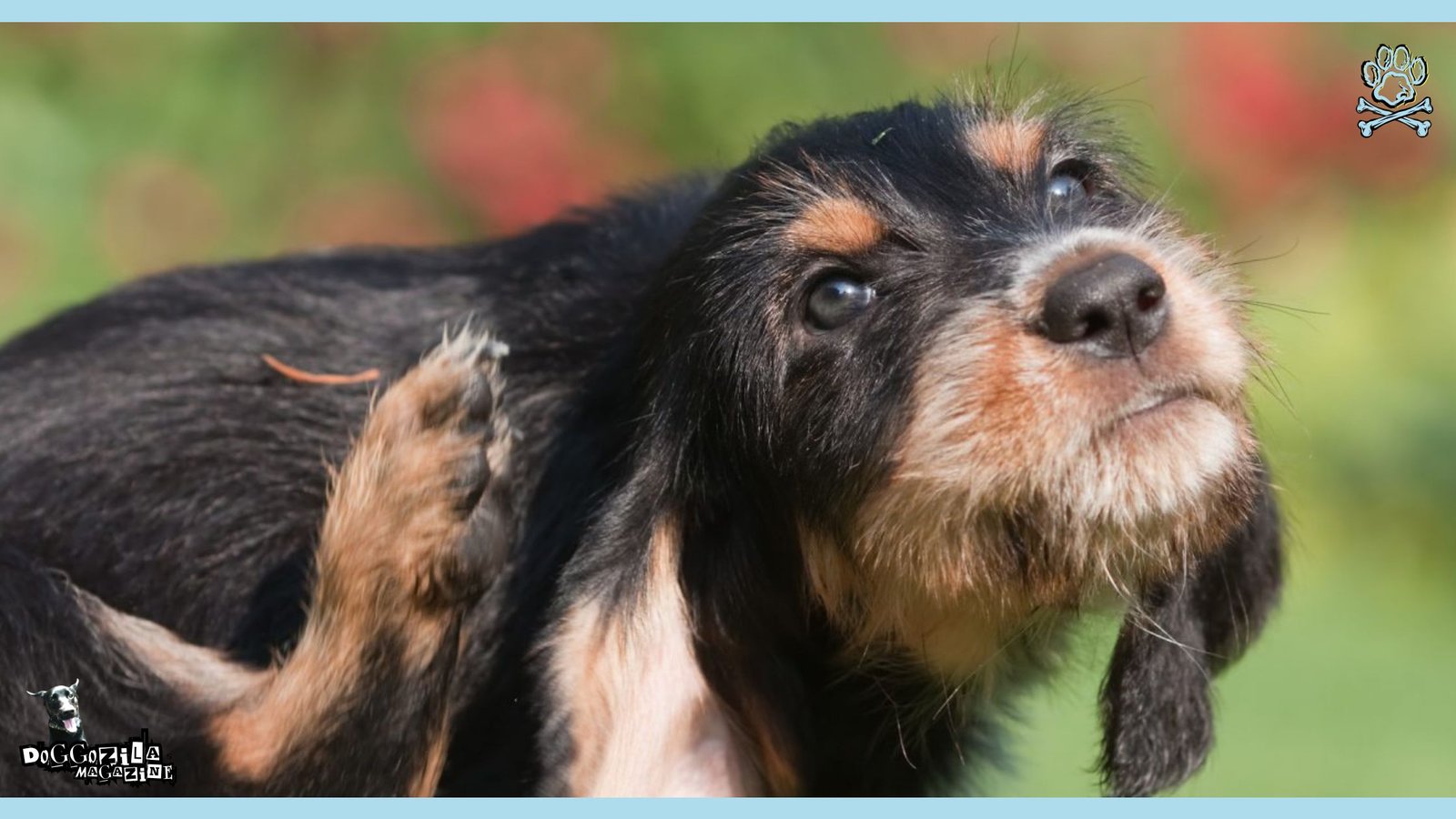
IDENTIFYING THE CAUSES OF DANDRUFF IN DOGS
Dandruff in dogs can be distressing for both the pet and the owner, and its occurrence can be attributed to various factors. Recognizing the underlying causes is crucial for effective treatment and management.
Main Contributors for Dog Dandruff
One of the primary contributors to dandruff is environmental stressors. These can include low humidity levels, particularly in winter months, or exposure to harsh chemicals in cleaning products and grooming supplies. Such factors can lead to dry skin, hence causing flaking and dandruff.
Dietary issues are another significant factor influencing the presence of dandruff. A dog’s skin health is closely linked to its nutrition. Insufficient fatty acids, particularly Omega-3 and Omega-6, can result in dry skin, leading to dandruff. Additionally, protein deficiencies and poor quality dog food can contribute to skin issues. It is essential to ensure that the diet is balanced and rich in the necessary nutrients for optimal skin health.
Beware of Dog Allergies
Allergies are also prevalent among the causes of dandruff in dogs. Dogs may suffer from allergies to environmental elements like pollen, dust mites, or to certain ingredients in their food. These allergic reactions can manifest as itchy skin, resulting in excessive scratching and subsequent dandruff.
Furthermore, underlying health conditions such as seborrhea and hypothyroidism can exacerbate skin problems, including dandruff. Seborrhea, a disorder characterized by oily or flaky skin, may require medical intervention, whereas hypothyroidism can lead to a range of symptoms, including hair loss and dandruff.
By examining these potential triggers—environmental factors, diet-related issues, allergies, and health conditions—pet owners can better address their dog’s dandruff problem. Understanding the specific causes will facilitate more tailored and effective approaches to treatment, ensuring a healthier and happier pet.
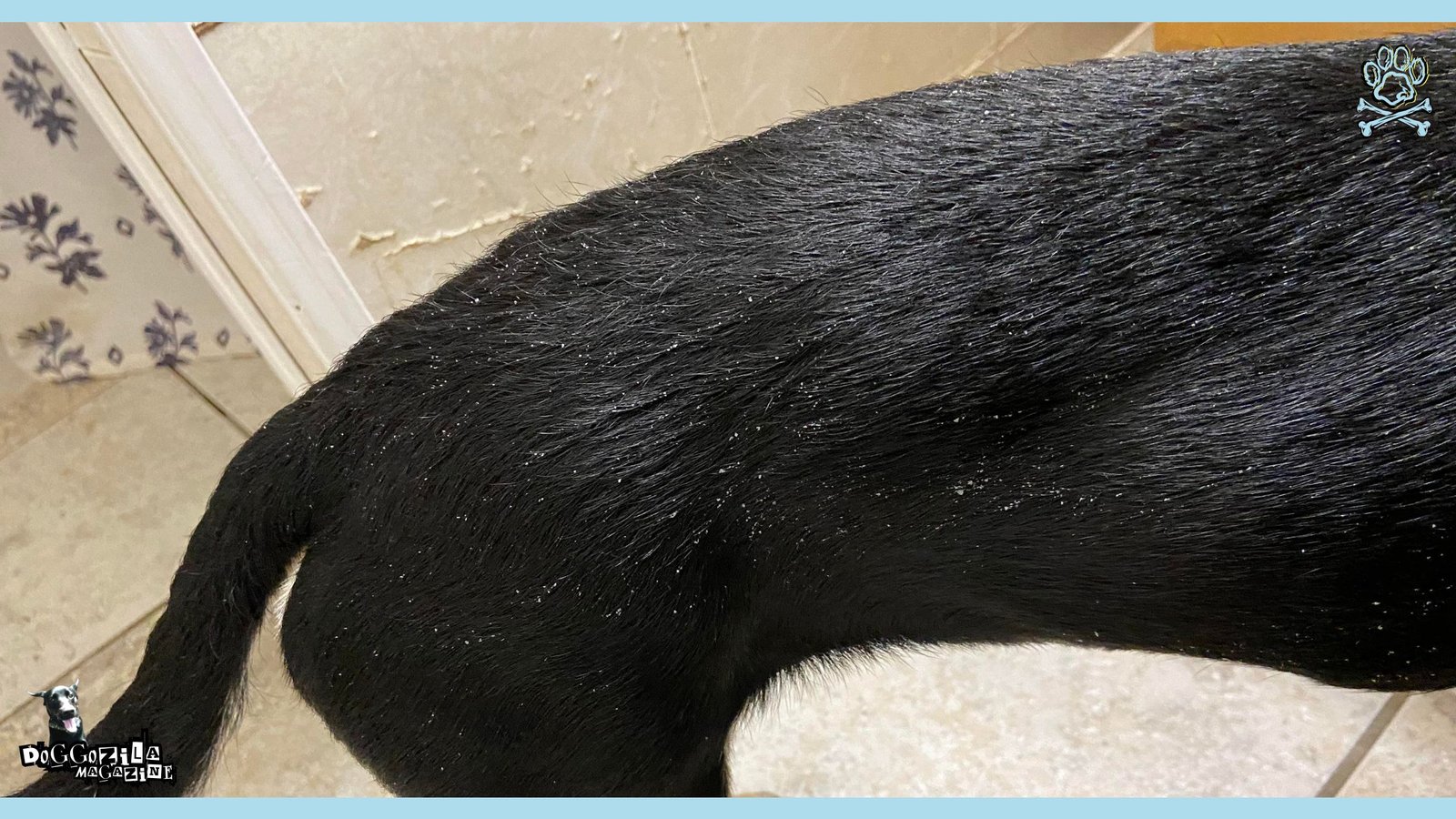
🔑 Key Points: Recognizing the underlying causes for dandruff in dogs is crucial for effective treatment and management. the primary contributors to dandruff is environmental stressors, dietary issues, allergies and underlying health conditions.
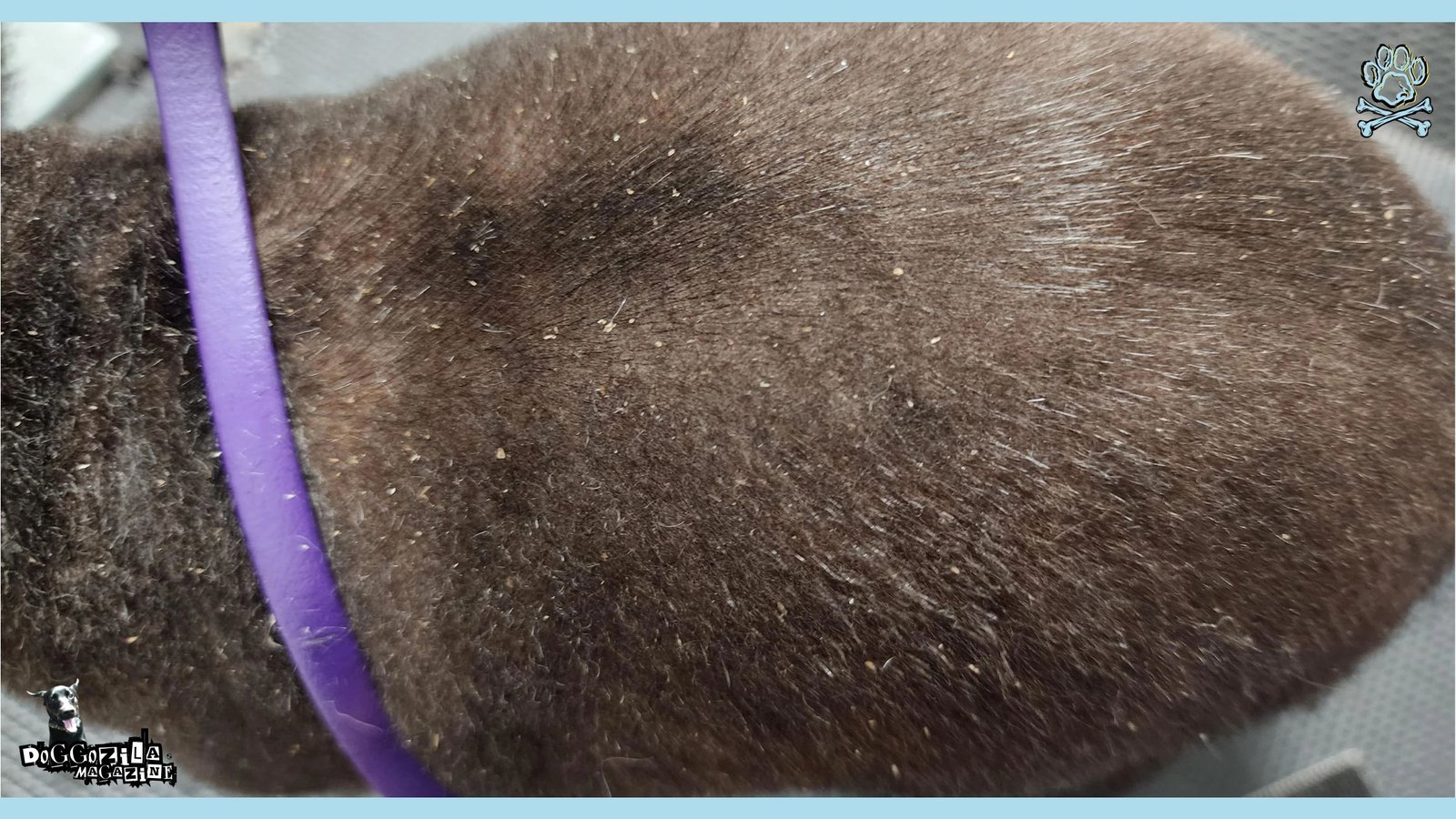
NATURAL REMEDIES AND HOW TO TREAT DANDRUFF IN DOGS
Dandruff in dogs is a common issue that can stem from various causes, including skin infections, allergies, and dietary deficiencies. To address this problem, several natural remedies can effectively alleviate the symptoms and promote a healthier coat. Dietary adjustments, natural shampoos, essential oils, and homemade treatments are excellent options for dog owners seeking alternatives to conventional solutions.
Dietary Adjustments and Natural Shampoos
One of the first steps is to enhance your dog’s diet. Including omega-3 fatty acids, found in fish oil, can help improve skin hydration and reduce flakiness. Foods rich in zinc and vitamins A, E, and B can also support skin health. It’s advisable to consult a veterinarian before making significant dietary changes or adding supplements.
Natural shampoos formulated with oatmeal, aloe vera, or tea tree oil can be gentle yet effective for treating dandruff. Oatmeal has soothing properties that can help alleviate itching, while tea tree oil possesses antifungal and antibacterial qualities that aid in reducing skin irritation. Always ensure the shampoo is specifically designed for pets to avoid any potential adverse reactions.
Essential Oils and Homemade Remedies
Essential oils can also serve as beneficial treatments. Lavender and chamomile oils are known for their calming effects and can be used when diluted with a carrier oil. A few drops can be applied to the dog’s skin to help soothe irritation. However, it’s crucial to ensure that the essential oils chosen are safe for dogs, as some oils can be toxic.
For homemade remedies, a blend of apple cider vinegar and water sprayed onto the coat can help balance the skin’s pH levels. Additionally, using coconut oil can provide moisture and combat dryness. When applying any of these treatments, it is essential to monitor your dog’s response to avoid any negative effects. By intertwining these natural remedies into your dog’s grooming routine, you can effectively manage dandruff while promoting overall skin health.
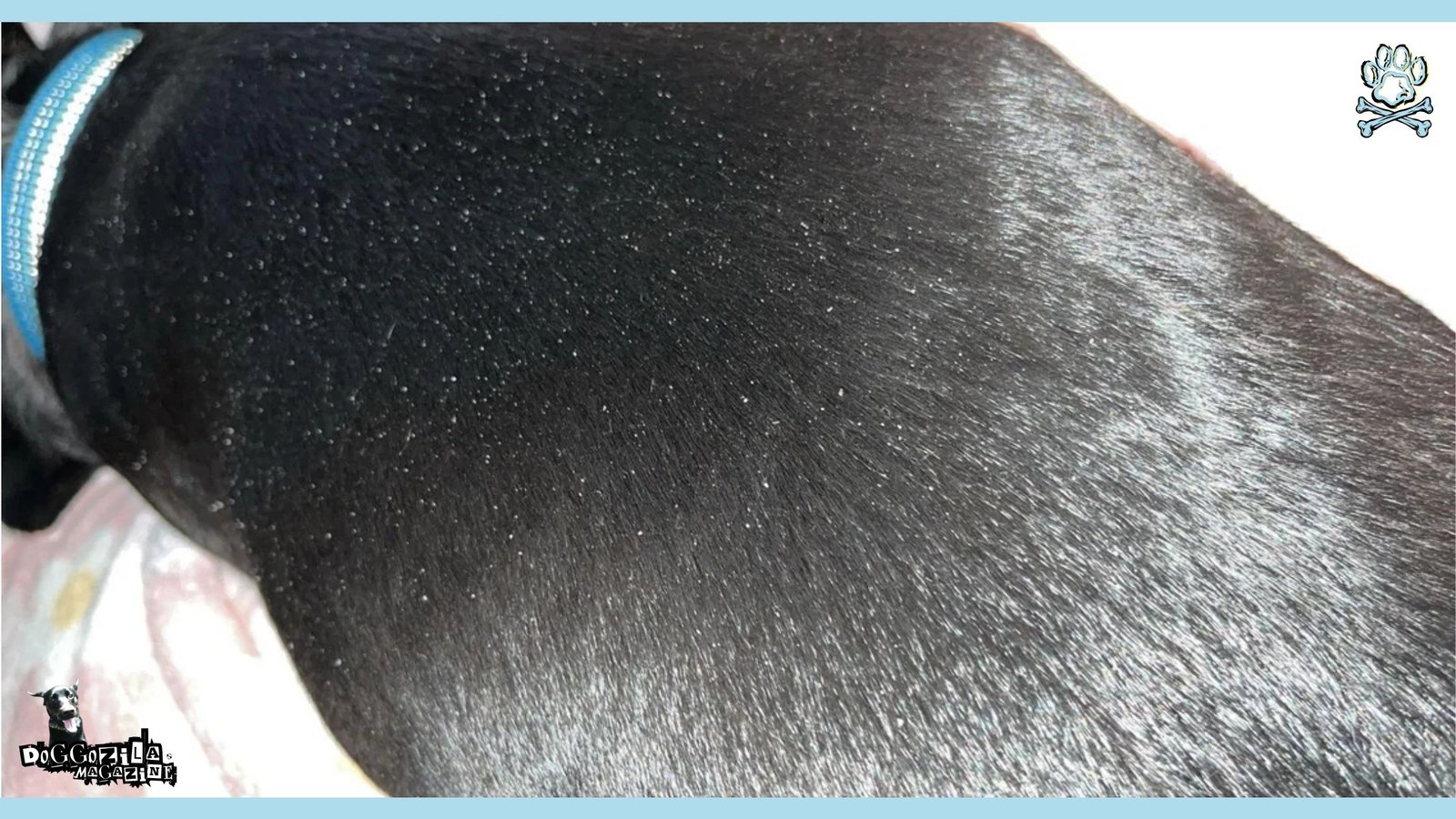
🔑 Key Points: Dietary adjustments, natural shampoos, essential oils, and homemade treatments are excellent options for dog owners seeking alternatives to conventional solutions.
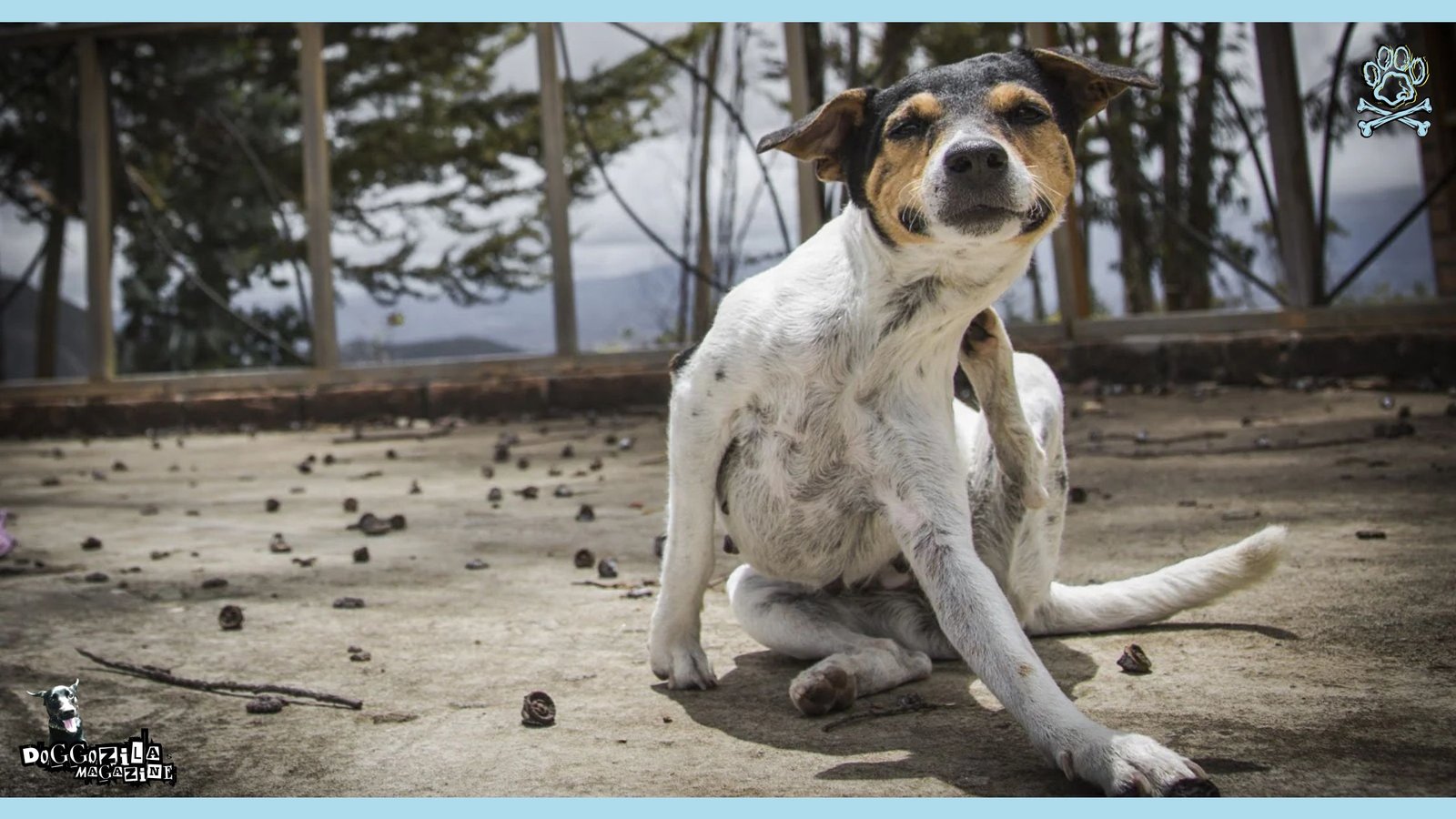
THE ROLE OF NUTRITION IN SKIN HEALTH
Nutrition plays a pivotal role in maintaining a dog’s skin health and overall well-being. A balanced diet rich in essential nutrients significantly impacts skin condition, helping to prevent issues such as dandruff in dogs.
Omega Fatty Acids, Minerals and Vitamins
One crucial component in this regard is omega fatty acids, which come from sources such as fish oil, flaxseed, and certain types of dog foods. These fatty acids are known for their anti-inflammatory properties, helping to enhance skin hydration and reduce flakiness associated with dandruff.
In addition to omega fatty acids, vitamins such as A, E, and certain B vitamins are vital for healthy skin. Vitamin A supports skin cell production and repair, while vitamin E acts as an antioxidant, protecting skin cells from oxidative damage.
B vitamins play a role in cellular metabolism, contributing to maintaining a healthy skin barrier. Thus, including dog foods fortified with these vitamins or leveraging supplementation can foster a healthier environment for your dog’s skin.
Natural Ingredients with Better Nutrient Absorption
Minerals, notably zinc and selenium, are also essential for dog’s skin health. Zinc is involved in numerous biological processes, including wound healing and the maintenance of skin integrity. Supplementing your dog’s diet with food that contains these minerals can result in improved skin quality and may help mitigate the occurrence of dandruff.
Moreover, it is crucial to consider the overall quality of commercial dog foods. Choosing high-quality, grain-free products with natural ingredients allows for better nutrient absorption. Alternatively, consulting with a veterinarian about specific dietary adjustments or supplements may provide added benefits tailored to individual dogs’ needs. By focusing on proper nutrition, pet owners can take significant steps toward reducing dry skin and dandruff in their furry companions.
🔑 Key Points: Omega fatty acids, minerals and vitamins in your dog’s diet are crucial for preventing dandruff. You should always choose natural ingredients with better nutrient absorption.
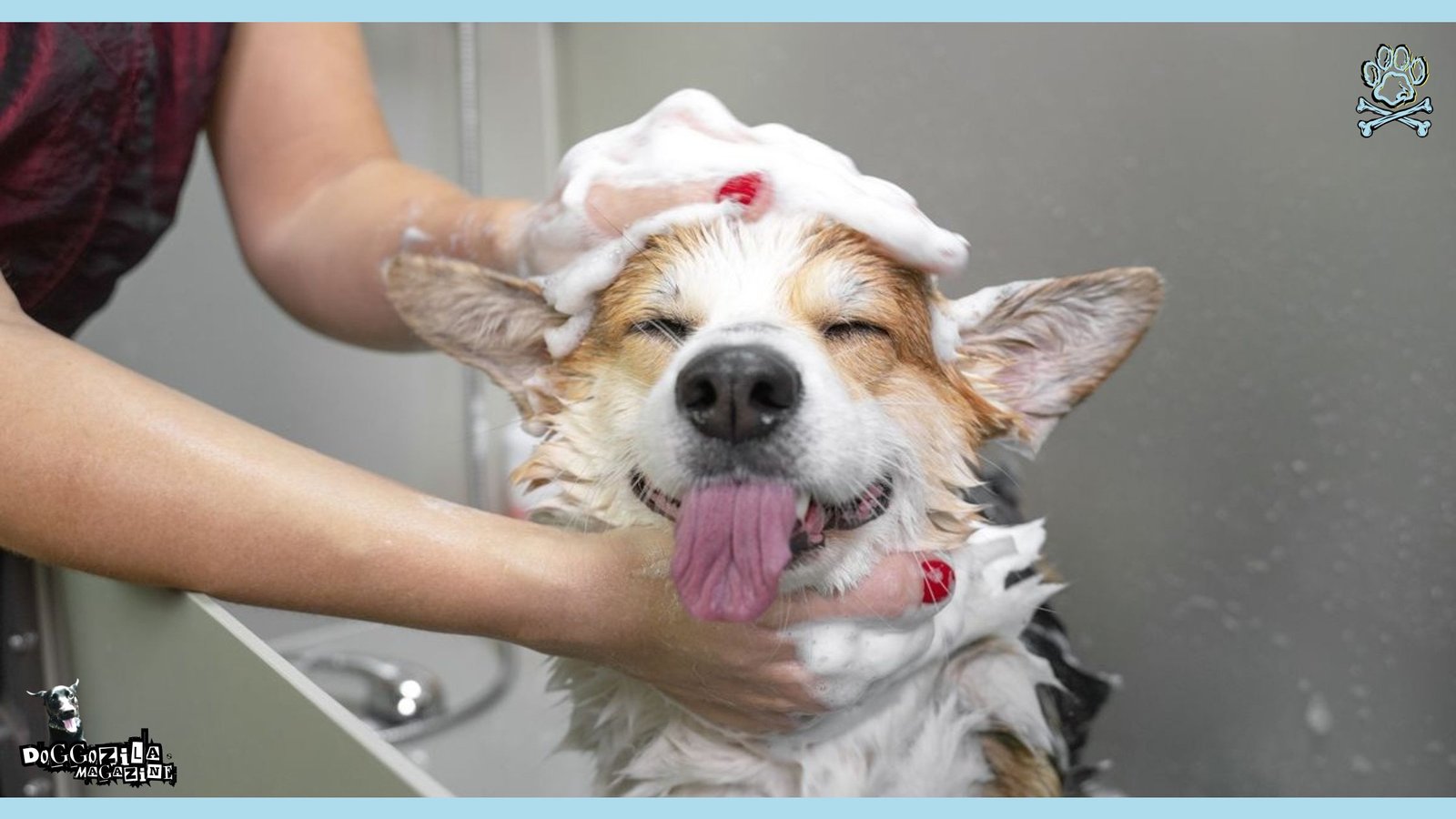
CREATING A CONSISTENT GROOMING ROUTINE
Maintaining a consistent grooming routine is essential in managing and preventing dandruff in dogs. Regular grooming not only helps to keep the coat clean and free of dead skin but also enhances the overall health of the skin and fur.
More Frequent Grooming
The frequency of grooming depends on the dog’s breed, coat type, and the severity of the dandruff. For dogs prone to dandruff, a weekly grooming session is often recommended, although some breeds may benefit from more frequent grooming.
When selecting grooming tools, it is important to choose the appropriate brushes and combs that cater to your dog’s coat type. For instance, bristle brushes are excellent for short-haired dogs, as they can help distribute the natural oils in the coat, promoting a healthy shine and reducing dryness.
On the other hand, for long-haired breeds, a slicker brush or a wide-toothed comb can efficiently remove tangles while minimizing skin irritation. Investing in effective grooming tools can make the grooming process easier and more enjoyable for both you and your dog.
Keep Your Dog’s Skin Healthy
Bathing is also an integral part of the grooming routine, especially for dogs with dandruff. However, it is crucial to strike a balance to avoid over-bathing, which can strip the skin of its natural oils and exacerbate dryness.
For dogs experiencing mild dandruff, bathing them every four to six weeks using a gentle, medicated shampoo can be beneficial. Ensure that you rinse thoroughly to remove all shampoo residue, as leftover products can further irritate the skin.
Ultimately, a structured grooming routine that incorporates regular brushing, proper tool selection, and considerate bathing practices can significantly contribute to a reduction in dandruff and promote healthier skin for your dogs.
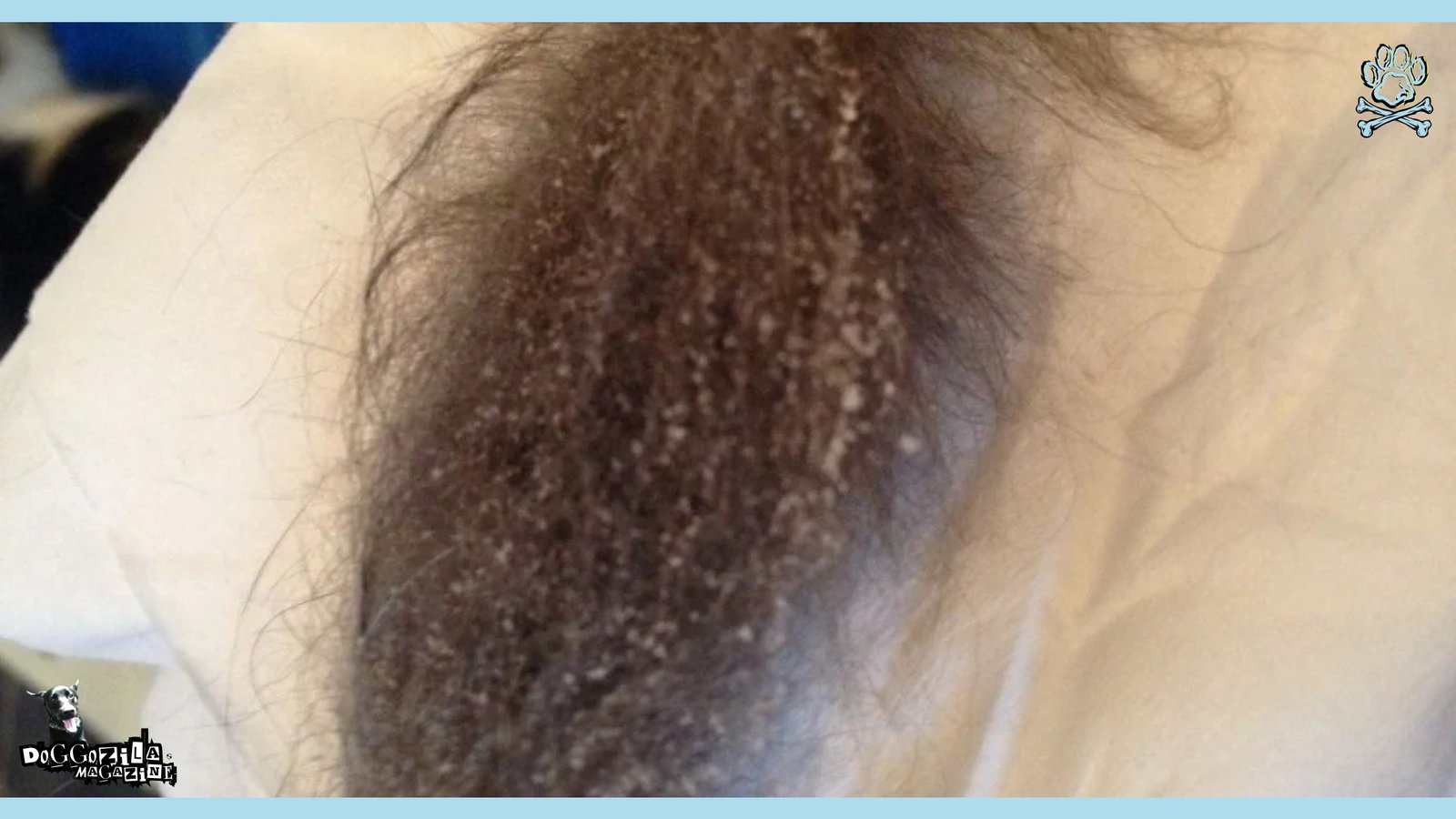
🔑 Key Points: For dogs prone to dandruff, a weekly grooming session is often recommended. Try to select the right grooming tools, it is important to choose the appropriate brushes and combs that cater to your dog’s coat type. Bathing is important but avoid over-bathing.
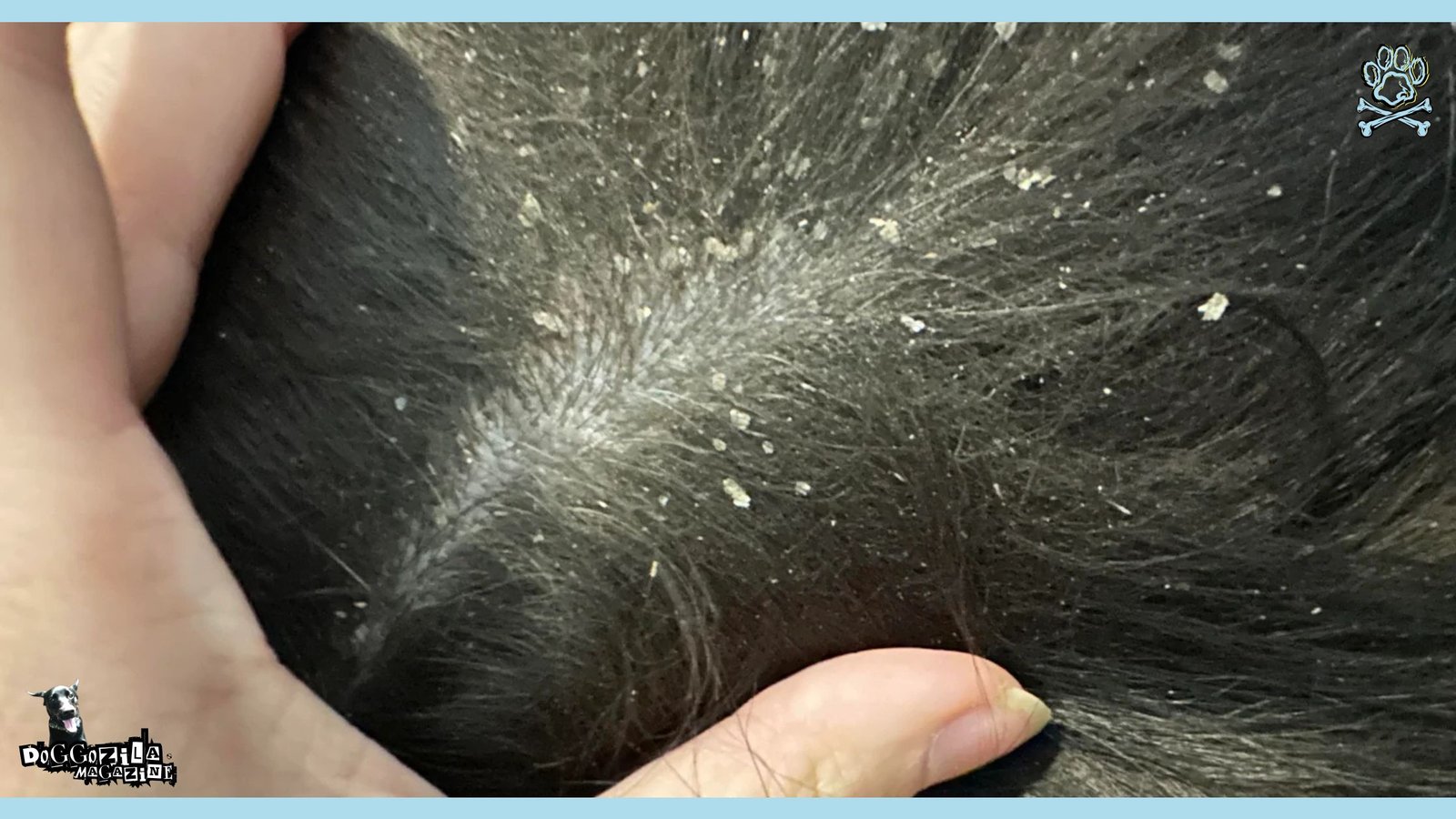
WHEN TO SEEK PROFESSIONAL HELP FOR DANDRUFF IN DOGS
Identifying when to seek professional help for your dog’s dandruff is crucial to ensuring their overall health and well-being. While natural remedies can be effective in managing mild cases of dandruff, there are certain signs that should prompt a visit to the veterinarian.
Excessive Itching and Scratching Injuries
One of the most significant indicators is excessive itching. If your dog is scratching or biting at their skin persistently, it could suggest an underlying issue that needs expert evaluation. In addition to intense itching, the presence of sores or lesions on your dog’s skin is another critical sign.
These injuries may result from excessive scratching and can lead to secondary infections, which require veterinary intervention. If you notice any signs of infection, such as redness, swelling, or discharge, it is imperative to consult a veterinarian promptly. Furthermore, if the dandruff persists despite your efforts with natural remedies, this may indicate that a more serious health condition is at play.
Professional Diagnosis for Appropriate Treatments
Dandruff could be a symptom of various skin problems, allergies, or even systemic diseases in dogs. Therefore, a professional diagnosis is essential to determine the root cause of the dandruff. A veterinarian can conduct a thorough examination and may perform skin tests or blood work if necessary to rule out conditions such as parasites, fungal infections, or allergies.
By identifying the underlying health issue, appropriate treatments can be initiated, ranging from medicated shampoos to dietary changes that could significantly improve your dog’s condition. Ultimately, taking note of your dog’s overall health and behavior is important. Early intervention through professional guidance can lead to more effective treatment options and enhance your dog’s quality of life.
🔑 Key Points: If you notice excessive itching and scratching injuries you should seek veterinary attention.
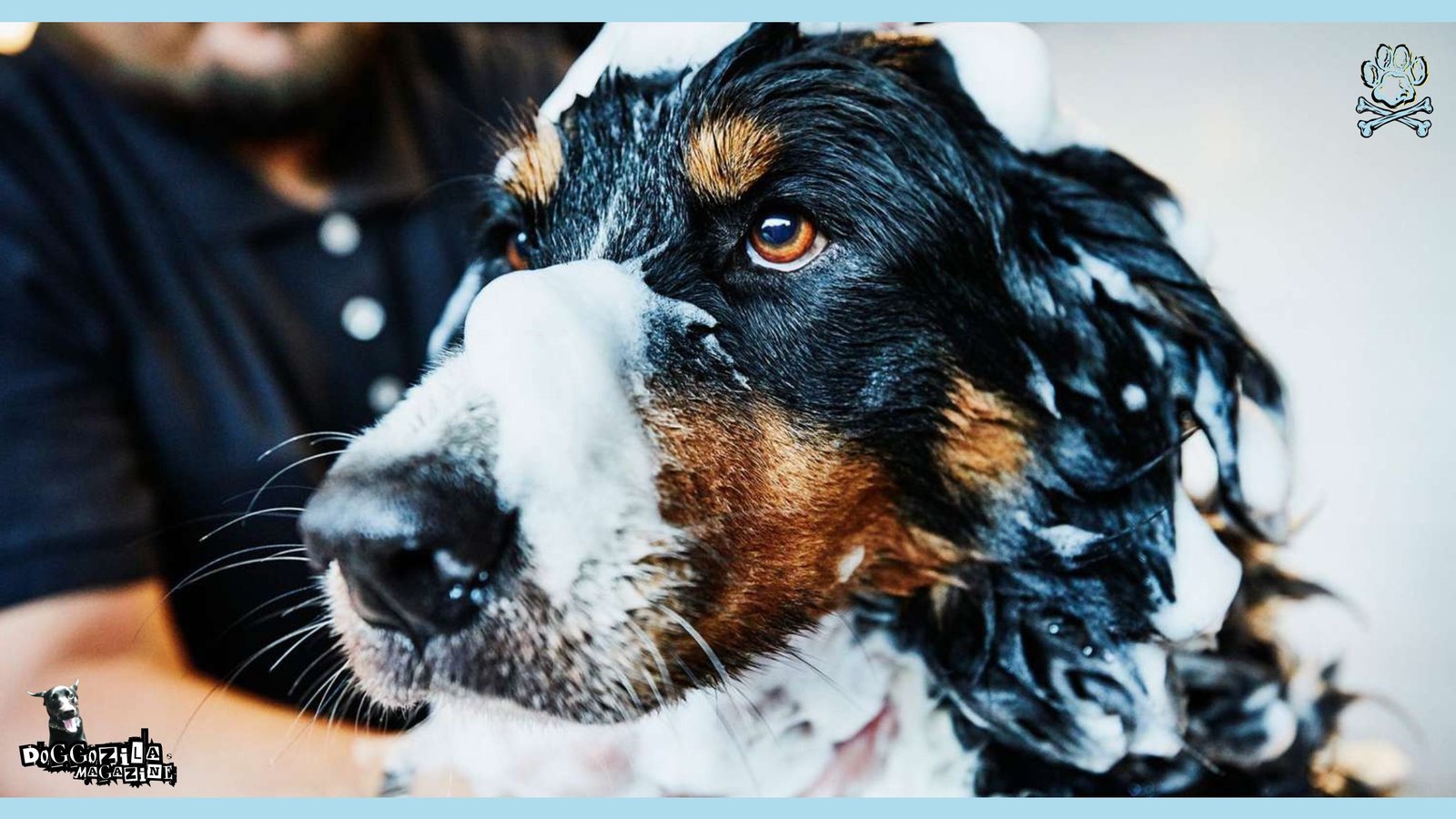
PREVENTATIVE MEASURES FOR HEALTHY DOG SKIN
Maintaining the health of a dog’s skin is crucial for preventing issues such as dandruff. One of the most effective preventative measures is to provide a balanced diet rich in essential fatty acids, vitamins, and minerals. Foods containing omega-3 and omega-6 fatty acids can significantly enhance skin health. These nutrients contribute to the creation of a robust skin barrier and promote hydration, which helps minimize flakiness and dryness.
Diet, Stress Management, Hydration, and Grooming
It is essential to consult a veterinarian to determine an appropriate diet tailored to the specific needs of your dog. In addition to diet, managing your dog’s stress levels is vital for skin health.
Dogs can experience stress from various factors, including changes in the environment, lack of social interaction, or even boredom. Stress can lead to behavioral issues and contribute to skin conditions, including dandruff.
Incorporating regular exercise, social playdates, and consistent routines can help alleviate stress and support overall well-being. Environments that promote mental stimulation can also aid in reducing anxiety, leading to healthier skin.
Proper hydration is another critical aspect of skin health in dogs. Dogs require access to fresh water at all times to maintain their hydration levels, which in turn supports their skin’s moisture balance. Dehydration can exacerbate skin issues, including dandruff.
Additionally, seasonal variations can affect your dog’s hydration needs; hence, it is important to monitor and adjust water intake as necessary to ensure your dog remains well-hydrated throughout the year.
Final Thoughts on Dandruff in Dogs
Regular dog grooming practices should also not be overlooked. Brushing your dog’s coat removes dead skin cells and distributes natural oils, promoting a healthy sheen. This simple measure can significantly reduce the likelihood of dandruff while also strengthening the bond between you and your pet. By focusing on diet, stress management, hydration, and grooming, pet owners can take proactive steps to maintain their dog’s skin integrity and overall health.
